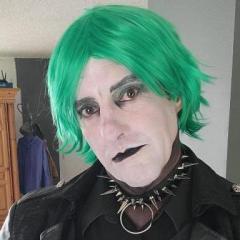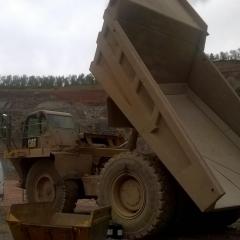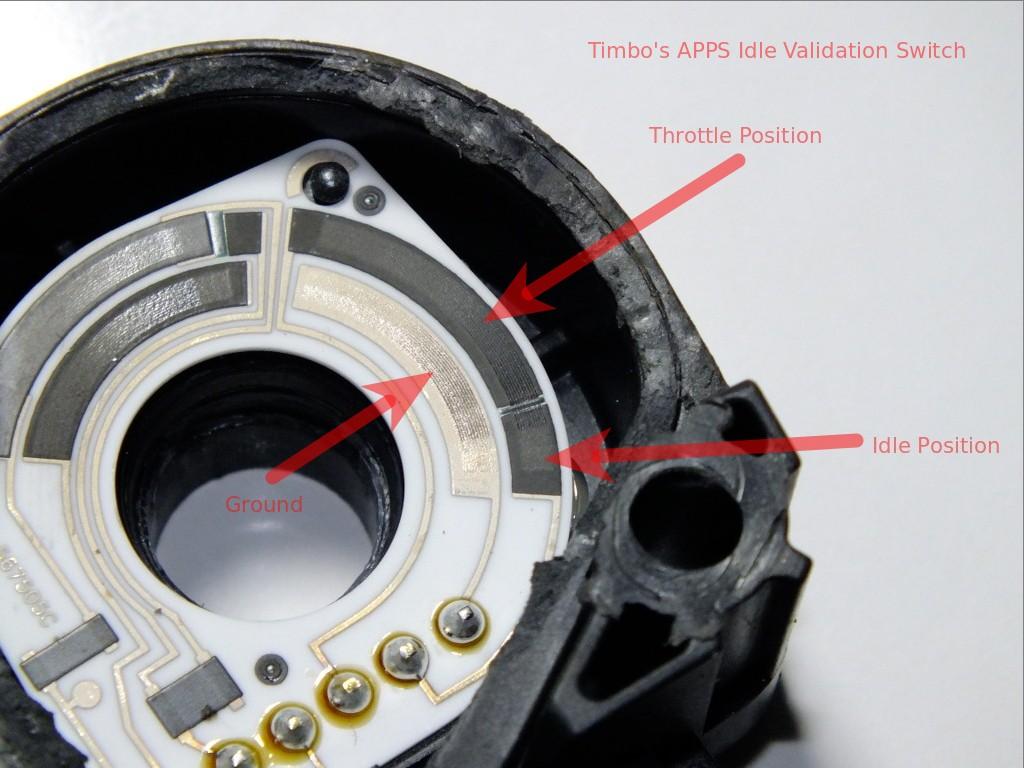- Replies 33
- Views 11.1k
- Created
- Last Reply
Top Posters In This Topic
-
 Mopar1973Man 8 posts
Mopar1973Man 8 posts -
Krlspokane12 7 posts
-
 Silverwolf2691 4 posts
Silverwolf2691 4 posts -
 wil440 3 posts
wil440 3 posts
Most Popular Posts
-
@Andyba20 The nature of an electrolytic capacitor in the aspect of "uF" or micro Farads level (capacitance) acts slowly in reference to the supplied DC line level. If we have a 5 volt DC rail supplyin
-
W-T mod is complete and BD noise filer is removed. I haven't had any issue since, seems the truck runs better and feels smoother while at idle. Not sure if it's just me or not but I'm not sure why I
-
@Max Tune, until you get the quad in your hand and actually mess with it, all of this can be confusing lol. I think the best way to think of the level system is more like "how many times do you want t




Hey guys, I hope everyone had a nice holiday season. I believe that I have another random electrical gremlin but not sure where to start. So, it started the other morning on the way to the office, the truck started randomly surging as I was cruising down the interstate. I was traveling between 65 and 70mph, and it feels like the truck is accelerating on it own. I can hear the engine raise RPM’s about 100 RPM and I can feel the truck accelerate for about .5- 1 sec, then it goes back to normal and then it happens again. It is totally random, sometimes it happens at slower speeds and sometimes it only happens when driving at highway speeds, and sometimes it does not happen at all. I noticed this morning that it was still surging even while I was giving it throttle while driving. So, I’m at a loss here since there is no CEL or codes. The VP is new and has about 6k miles on it, I replaced the APPS last summer, the ECM is new, the batteries are new, the battery cables are new. I also have not noticed any changes in the gauges, they all still work and seem to always be functioning correctly. Except sometimes the lift pump pressure is low, it stays at 11psi and wont go up to 15 where it normally is, unless I shut the truck off and start it again, then the pressure will be 15, but again this does not happen all the time. Sorry for rambling and I hope yall can make sense of this. I’m just not sure what rabbit hole to jump down yet.